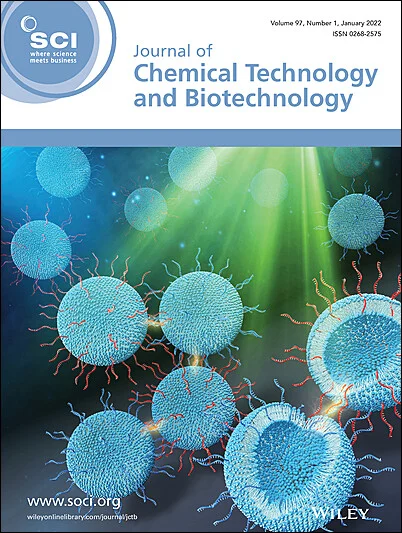Adsorption and electro-catalytic performance of biochar from rice husk
Abstract
BACKGROUND
Organic pollutants, such as rhodamine B (RhB), methylene blue (MB), and 1,2-dihydroxybenzene (catechol) used in dyes, textile industries, cosmetics, plasticizers, pesticides, and pharmaceuticals are difficult to be degraded and have important influence on the ecosystems and human beings. The removal of organic contaminants and sensitive detection of catechol are still important challenges. Rice husk biochar (RHBC) was successfully prepared via a simple sintering technology under Ar atmosphere.
RESULTS
The morphological and structural characterizations show that the proposed RHBC consists of irregular particles with the size of less than 10 μm and amorphous structure. The adsorption performance for the removal of organic pollutants including RhB and MB using the RHBC was investigated. The optimal RHBC dose is 1.25 mg·mL−1 dyes (RhB or MB) solution. 10 mg·L−1 RhB or MB can be totally removed with the adsorption time of 140 min and 70 min, respectively. The RHBC can be used as electrode materials and has an essential effect in the electro-catalytic sensing performance for catechol detection by square wave voltammetry (SWV) method.
The RHBC-modified electrode indicates a determination range of 0.001–1000 μM, low limit of detection of 0.57 nM, oxidation potential of + 0.35 V, good selectivity, reproducibility, stability, and applicability in real water environment for catechol detection.
CONCLUSION
The RHBC exhibits good adsorption ability for removing organic pollutants in wastewater and electro-catalytic performance for detecting catechol. © 2025 Society of Chemical Industry (SCI).


 求助内容:
求助内容: 应助结果提醒方式:
应助结果提醒方式:


